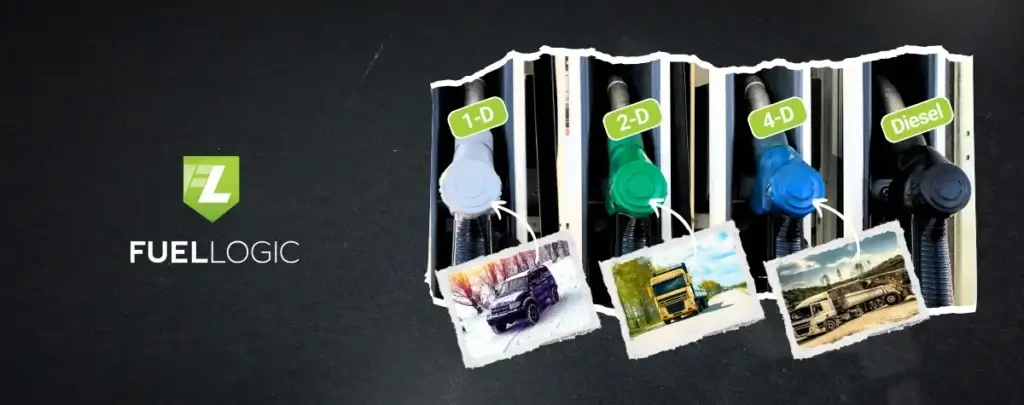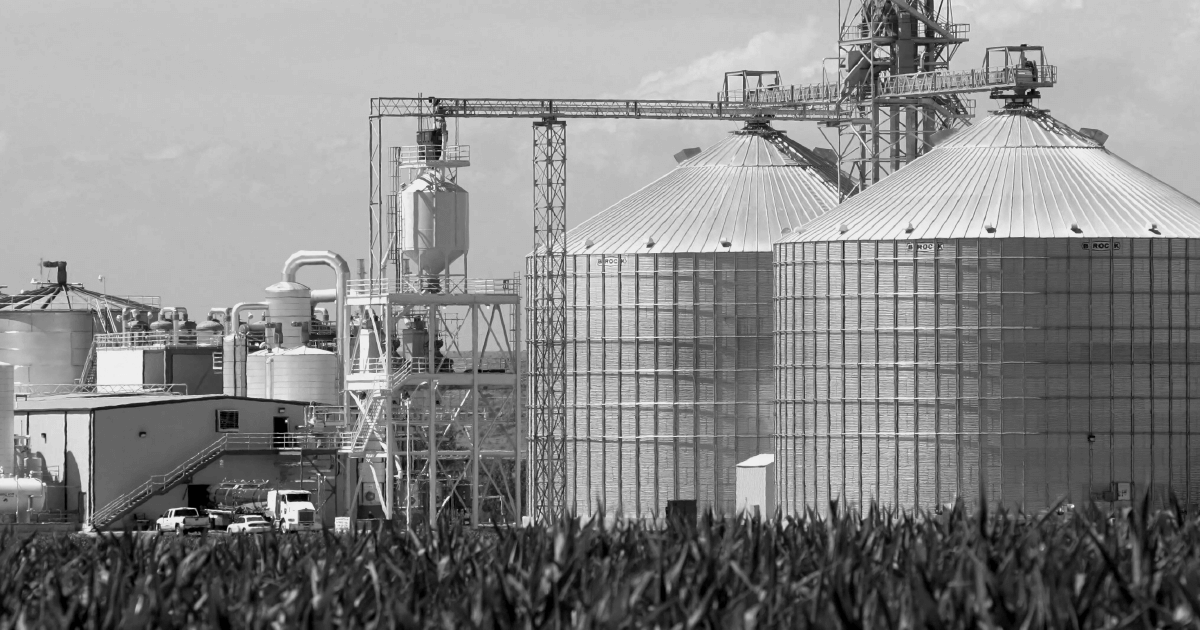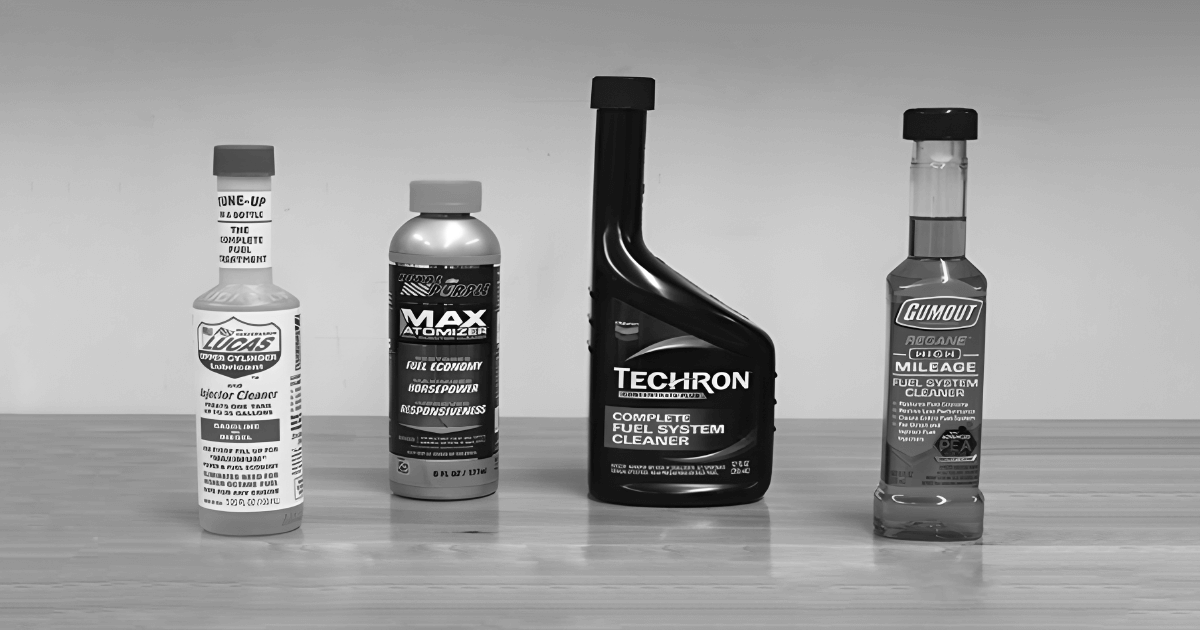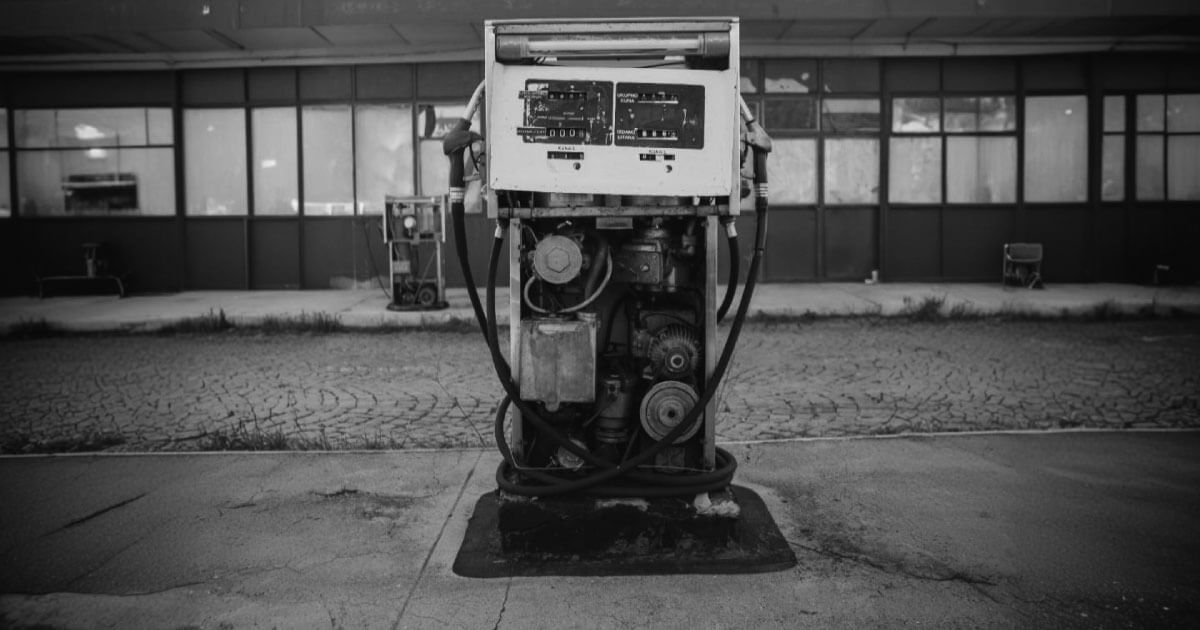Diesel engines are more efficient than gasoline engines, with diesel reaching over 40% efficiency compared to just 20% for gas. This makes diesel popular among big trucks down to everyday vehicles due to decreased fuel costs. Understanding different diesel fuel grades may help you better know how to properly use it.
But you might be surprised to learn just how much the quality of diesel fuel can supercharge your vehicle’s performance and extend its lifespan. However, not every vehicle uses the same diesel. So, the question arises, are there different grades of diesel fuel? Yes, there are many fuel grades.
This guide will review each grade based on how their formulation affects your engine efficiency, emissions, and reliability like in clear diesel. We’ll also explain in simple terms what a cetane rating is and what cloud and pour points are. By the end, you’ll know which fuel grade to choose for better performance and longevity in your vehicle.
TABLE OF CONTENTS
- Importance of Understanding Diesel Fuel Grades
- Different Diesel Fuel Grades
- Key Differences Between Diesel Fuel Grades
- How to Choose the Right Diesel Fuel Grade for Your Fleet?
- Benefits of Using the Correct Diesel Fuel Grade for Fleet
- Potential Issues With Using the Wrong Diesel Fuel Grade
- Key Takeaways
- FAQs About Different Fuel Grades
- Fuel Logic Can Help You Select the Right Fuel Grade!
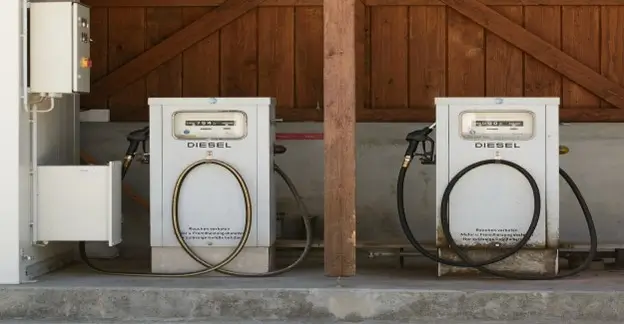
Importance of Understanding Diesel Fuel Grades
Diesel fuel grades are classified by cetane number, cloud point, and pour point. The cetane number indicates how quickly the fuel ignites, while the cloud point marks the temperature at which wax crystals form, causing the fuel to appear cloudy. The pour point is the lowest temperature at which the fuel remains liquid. These characteristics determine cold-weather performance.
Some fuel grades are blended for specific conditions. Therefore, understanding the different types of diesel at the pump, based on source, composition, and additives, will help you in selecting the appropriate fuel grade:
- Ultra-Low Sulfur Diesel (ULSD) – This type of diesel contains 15 ppm or less sulfur, resulting in lower emissions, better engine performance, and improved fuel economy. It has good cold flow properties, making it suitable for cold weather, and can be found in three grades: 1-D, 2-D, or 4-D.
- Dyed Diesel – Dyed red to distinguish it from other diesel types, off-road diesel is primarily used for off-road purposes and is tax-exempt. However, using it on road is illegal in many places and can damage engines. Now, if you’re speculating here, Is off-road diesel 1 or 2? This fuel type usually falls under either Grade 2-D or 4-D.
- Biodiesel – Made from renewable sources like vegetable oil, biodiesel can be mixed with any grade of fuel (1-D, 2-D, or 4-D) to cut emissions. It improves lubrication and reduces engine wear, but too much can cause performance and compatibility issues.
- Premium Diesel – Some retailers offer premium diesel which is Grade 2-D with additives that promise better fuel economy, and smooth engine performance.

Different Diesel Fuel Grades
So, what are the 3 types of diesel such as 1-D, 2-D, and 4-D? What do they mean in actuality? These different grades of diesel fuel determine how well diesel works in different conditions and applications. Here’s a brief explanation of each fuel grade:
1. Grade 1-D (Diesel #1)
Grade 1-D diesel, known for its lack of paraffin wax and low sulfur content, is more volatile. It flows better in cold weather, with a low cloud point of -40°C to prevent gelling.
Furthermore, it has a high cetane rating (45-55) for easier cold starts and includes detergents, demulsifiers, and rust inhibitors to prevent sediment buildup, water contamination, and corrosion. Although more expensive due to added lubricants, it reduces engine wear and extends vehicle lifespan.
Cetane rating shows how easily diesel ignites. Diesel #1 has a higher cetane rating, making cold starts easier and reducing battery strain. It also lacks paraffin wax, helping it work better in cold weather.
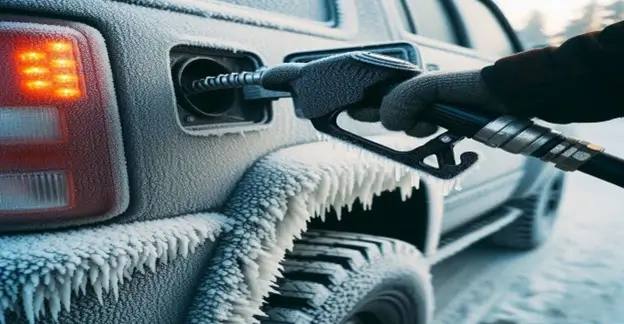
2. Grade 2-D (Diesel #2)
Diesel #2, preferred for diesel generators due to its availability and high energy content, has lower volatility, higher viscosity, and a tendency to gel in winter (around 10°F) that is why it needs proper usage to avoid generator fuel mistake using Diesel #2 for generators. However, its wax content offers excellent lubrication, extending engine life and reducing maintenance.
Diesel #2 is fuel-efficient due to its slower burn rate and has a cetane rating of 45-55, similar to Diesel #1. Its cloud point ranges from -28°C to -7°C, and it has a higher pour point.
A blend of #1 and #2 diesel, known as winterized fuel, combines the benefits of both. It typically has a higher concentration of diesel #1, providing enough energy and lubrication to prevent gelling in cold weather.
Choosing a reputable diesel fuel supplier is also crucial to ensure the blend meets industry standards, includes the right additives, and maintains consistent diesel fuel quality testing.
3. Grade 4-D (Diesel #4)
Grade 4-D fuel, also known as marine diesel, is a blend of lower-volatility distillates and residual fuel oils. It’s used in low-speed, high-load engines, such as stationary or off-road equipment. Besides, its lower viscosity allows for gradual combustion, enabling longer operation without refueling. Diesel #4 has a lower cetane rating, pour point, and cloud point.

| Property | Grade 1-D (Diesel #1) | Grade 2-D (Diesel #2) | Grade 4-D (Diesel #4) |
| Volatility | High | Lower | Lower |
| Viscosity | Low | Higher | Higher |
| Cloud Point | -40°C | -28°C to -7°C | Higher |
| Pour Point | Low (generally around -40°C) | Higher | Higher |
| Cetane Rating | 45 to 55 | 45 to 55 | Lower (generally not specified) |
| Lubrication | Lower due to lack of wax, more expensive | Good (contains wax) | Good (due to lower volatility) |
| Cold Weather Performance | Excellent, resists gelling | Poor in extreme cold, gelling around 10°F | Poor in cold weather |
| Additives | Detergents, demulsifiers, rust inhibitors | Minimal additives | Lower or minimal additives |
| Engine Application | Commercial trucks, cold climates | General diesel use, year-round | Low-speed engines, off-road equipment |
| Fuel Efficiency | Moderate | High | High, long intervals between refuels |
Key Differences Between Diesel Fuel Grades
Each diesel fuel grade comes with unique composition, additives, and performance features. We’ll discuss these key differences between diesel #1, #2, and #4 in detail in the following section:
1. Composition and Additives
- Diesel #1 – A middle distillate similar to kerosene, containing branched alkanes, cycloalkanes, and aromatics, with a boiling range that excludes benzene and most PAHs.
- Diesel #2 – With a boiling range of 160-360°C (320-680°F), it’s a mixture of straight-run and cracked streams, similar to fuel oil No. 2. It contains PAHs like phenanthrene and benzo(a)pyrene, and fewer additives than Diesel #1, mainly basic detergents and demulsifiers.
- Diesel #4 – The most viscous, with high ash and sulfur levels, and may contain over 10% PAHs. It generally has the fewest additives and is designed for heavy-duty equipment.

2. Performance and Efficiency
- Diesel #1 – Provides excellent startup in cold weather, smooth operation, and reduced engine wear with added lubricants. But has lower fuel efficiency due to higher volatility and lower energy content.
- Diesel #2 – Offers good overall performance and fuel efficiency, suitable for most diesel engines with higher energy content and a slower burn rate.
- Diesel #4 – Ideal for low-speed, high-load applications, delivering good power output and fuel efficiency due to its lower volatility and slower burn rate.
3. Common Uses
- Diesel #1 – Used in cold climates for reliable starts and to prevent fuel issues in commercial trucks and diesel vehicles.
- Diesel #2 – The most common fuel for on-road vehicles, suitable for warm climates.
- Diesel #4 – Used in heavy-duty off-road equipment, such as marine vessels, agricultural machinery, and industrial machinery.
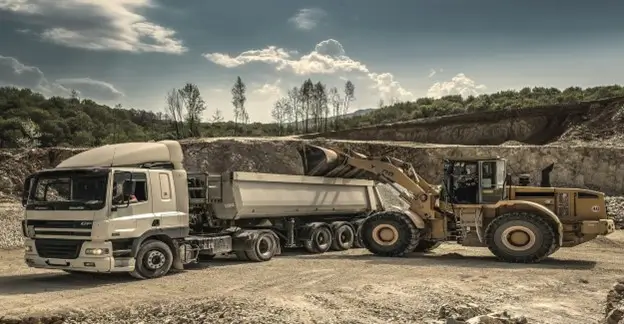
How to Choose the Right Diesel Fuel Grade for Your Fleet?
Picking the right diesel fuel grade is vital for fleet performance, efficiency, and engine longevity. Therefore, consider these key factors when choosing a fuel grade:
1. Engine Type
- Manufacturer Recommendations – Always use the fuel type specified by the engine manufacturer to avoid voiding warranties and damaging the engine.
- Compatibility – Different engines require different fuels. High-performance engines need higher cetane numbers, while older engines can handle lower-quality fuel.
2. Climate and Environmental Factors
- Cold Weather Performance – In cold climates, use a fuel like #1 diesel that won’t gel and make it difficult to start a vehicle.
- Availability – Fuel grade availability varies by region, so consider if the recommended grade is accessible in your area.
- Environmental Regulations – Follow local and national rules on fuel sulfur content, off-road/on-road diesel standards, and emissions.
3. Vehicle Usage and Load
- Light Duty vs Heavy Duty Applications – Light-duty vehicles use lower-sulfur diesel, while heavy-duty trucks and construction equipment may require higher-sulfur diesel or specific blends for optimal performance.
- Impact of Load and Driving Conditions – Vehicle load and driving conditions (city, highway, off-road) influence fuel use and engine performance. Heavier loads and challenging conditions may need fuels with higher cetane or specific additives for better combustion and protection.

Benefits of Using the Correct Diesel Fuel Grade for Fleet
Choosing the right diesel fuel grade goes beyond meeting regulations. It strategically impacts fleet performance, cost-efficiency, and environmental responsibility:
1. Improved Engine Performance
The right fuel grade ensures efficient combustion, maximizing power and torque. It also provides proper ignition which results in smoother running, reducing vibrations and noise. Besides, the correct fuel has a higher cetane number, preventing engine knock, and protecting its components.
2. Enhanced Fuel Efficiency
Better combustion in turn reduces harmful emissions, improving fuel economy. The right fuel grade also optimizes power output while using less fuel.
3. Reduced Maintenance Costs
The correct fuel grade keeps engine parts clean like its filter, reducing deposits and sludge and maintenance costs. Besides, cleaner parts last longer and fewer engine issues mean less vehicle downtime and higher productivity.
4. Better Environmental Performance
Correct fuel grade reduces harmful emissions like particulates and nitrogen oxides. As a result, it contributes to better air quality and meets environmental standards.

Potential Issues With Using the Wrong Diesel Fuel Grade
Using the wrong diesel fuel grade can harm your fleet’s performance, reduce engine lifespan, increase emissions, and lead to higher costs and downtime. But these are not the only issues. Many more potential problems may arise such as:
1. Engine Damage
Using the wrong fuel grade can lead to deposits on engine parts, reducing performance and causing premature wear. In cold weather, high pour point fuel can gel, blocking fuel lines and preventing the engine from starting. Whereas fuel meant for stationary engines, if used in mobile vehicles, can damage the engine due to poor lubrication and inefficient combustion.
2. Reduced Efficiency
An incorrect fuel grade can lead to higher fuel consumption and increased operating costs due to incomplete combustion. It can also reduce engine power, impacting vehicle performance, especially under heavy loads.
3. Emission Problems
Using a fuel grade with a lower cetane number or higher sulfur content can increase harmful emissions and worsen air pollution. This can be problematic in regions with strict environmental regulations, causing your vehicle to fail fuel quality tests and face fines or restrictions.
Key Takeaways
Diesel fuel isn’t one-size-fits-all. Different grades of diesel fuel impact engine performance, fuel efficiency, and emissions uniquely. Therefore, understanding these differences is crucial for optimizing your diesel vehicle or equipment. Consider climate, engine type, and usage to choose the right fuel grade, which can enhance performance and fuel economy and reduce maintenance costs and environmental impact.
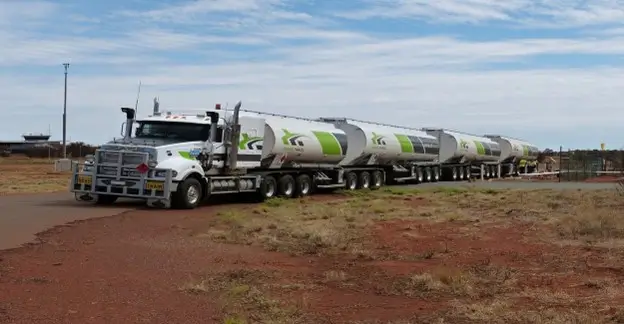
FAQs About Different Fuel Grades
Can I mix different diesel fuel grades?
Generally, mixing different diesel fuel grades isn’t recommended. It can cause reduced engine performance due to varying cetane numbers, and fuel system issues like gelling or filter clogging, especially in cold weather. However, mixing #1 and #2 diesel, known as winterized fuel, is sometimes done to prevent gelling in cold temperatures while providing adequate lubrication and energy.
How do I know which diesel fuel grade to use for my fleet?
The ideal diesel fuel grade depends on climate and engine specifications. Use a lower number like diesel #1, to avoid gelling in cold climates. Whereas for warm weather, a higher number diesel, like #2, is usually appropriate. Also, check your vehicle or engine manual for specific fuel recommendations.
What is the highest grade diesel?
The idea of a “highest grade” diesel can be misleading, as diesel is classified by numbers (e.g., #1, #2) based on climate suitability rather than quality. However, some types of diesel have added additives for better performance or lower emissions, often labeled as “premium” or “high-performance.”
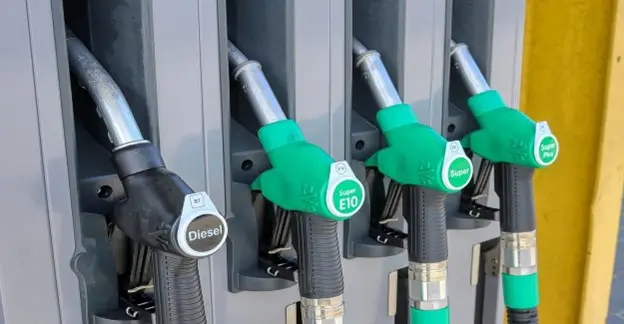
Fuel Logic Can Help You Select the Right Fuel Grade!
For quality diesel fuel delivery and expert advice you can count on, reach out to Fuel Logic today.
Our team can help you select the right fuel grade and provide prompt, and reliable on-site, off-road, diesel exhaust fluid and bulk diesel delivery service across 48 locations in the US.
By taking into account your engine type and climate conditions, we can pick the best blend for your fleet to improve its performance and longevity. So, don’t wait at fuel stations.
Contact us to order quick fuel delivery anywhere, anytime!

